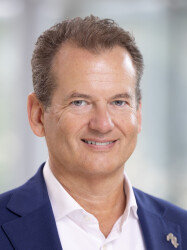BibTex format
@article{Maslove:2022:10.1038/s41591-022-01843-x,
author = {Maslove, DM and Tang, B and Shankar-Hari, M and Lawler, PR and Angus, DC and Baillie, JK and Baron, RM and Bauer, M and Buchman, TG and Calfee, CS and dos, Santos CC and Giamarellos-Bourboulis, EJ and Gordon, AC and Kellum, JA and Knight, JC and Leligdowicz, A and McAuley, DF and McLean, AS and Menon, DK and Meyer, NJ and Moldawer, LL and Reddy, K and Reilly, JP and Russell, JA and Sevransky, JE and Seymour, CW and Shapiro, NI and Singer, M and Summers, C and Sweeney, TE and Thompson, BT and van, der Poll T and Venkatesh, B and Walley, KR and Walsh, TS and Ware, LB and Wong, HR and Zador, ZE and Marshall, JC},
doi = {10.1038/s41591-022-01843-x},
journal = {Nature Medicine},
pages = {1141--1148},
title = {Redefining critical illness},
url = {http://dx.doi.org/10.1038/s41591-022-01843-x},
volume = {28},
year = {2022}
}

